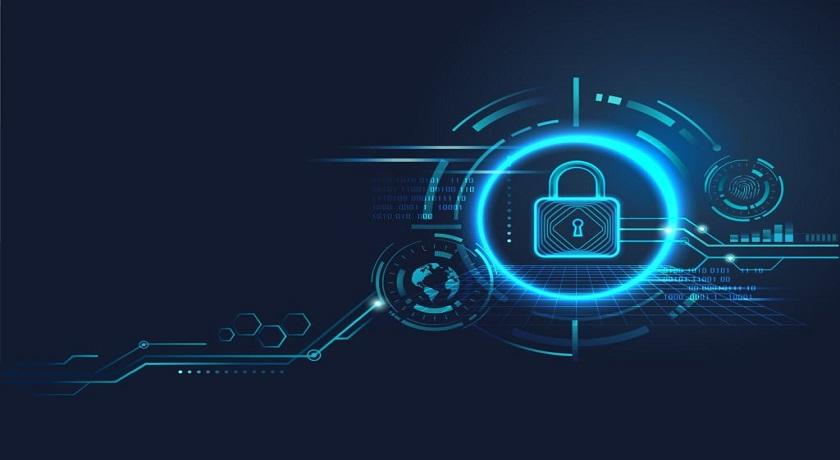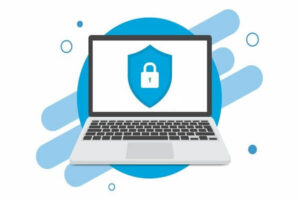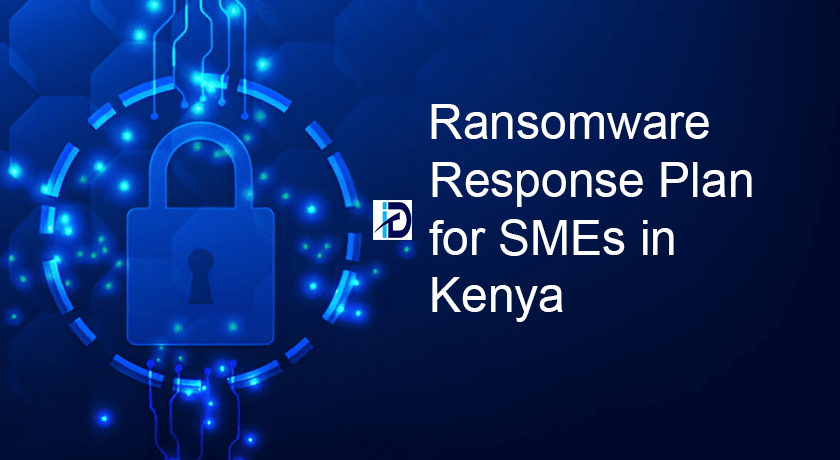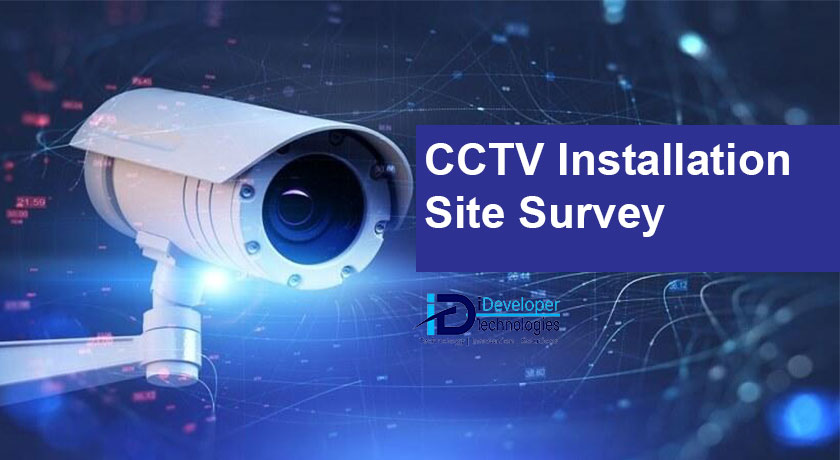Ransomware attacks pose a significant and escalating threat to businesses. Ransomware Response plan is critical…

What exactly is endpoint security?
An endpoint security strategy is what, exactly?
Every device connected to the network of your business is a possible access point. On a single employee’s smartphone, a malicious software may provide hackers access to your clients’ personal identity information (PII). Cloud Based Endpoint Security and Automated security has become more crucial as endpoint numbers have skyrocketed.
The definition of endpoint security is the policy-based management of security protocols over diverse network components. Your plan may involve a variety of endpoints, but examples include:
- Laptops, smartphones, tablets, and computers
- Point-of-Sale (POS) Systems
- IoT (Internet of Things) devices
- Printers and servers
Determining rules for security policy compliance and rules to restrict access to non-compliant endpoints through segregation on a VPN or removing access permissions are described as the strategy aspect.
An operating system (OS), a VPN client, and antivirus software are examples of common components needed to administer an endpoint security approach. A centralized cloud based or on-premis base endpoint security management system, which consists of a host system and “clients” deployed on each device, is frequently used by organizations.
Various Security Protection Methods
1. Multiple Forms of Security Protection
Your company needs to be protected in more ways than just with a firewall. It’s also insufficient to use a single, powerful antivirus application. Your endpoint security plan should, at the very least, deploy:
- Hardware Firewalls
- Antivirus software tailored to emails
- Internet Filtering and Security
- Device Management for Mobile
- Solutions for Mobile Security
- Controls for Applications
- Tools for detecting intrusions with encryption
2. Centralized Management
Security experts should look for solutions that provide defense for every device on their network as well as agent-based solutions for proactive security monitoring.
Manual management of the hundreds or thousands of computers, terminals, and mobile devices on your network is neither practical nor feasible. Combining a number of fragmented security solutions can also result in a number of mistakes, such as a lack of system integration, excessive alarms, or burdensome administrative tasks.
Learn: Email Security Solutions in Kenya
Your organization can profit from the following business advantages with a solitary, centrally located solution for maintaining the integrity of your network and endpoints:
- Less security-related incidents
- simpler implementation of supplementary features or goods
- lower expenses for management and technology
- quicker reaction to undesirable behaviour
3. Complete OS and device coverage
Bring your own device (BYOD) is used in some form by 82% of firms, according to research by Cybersecurity Insiders. Other businesses are choosing a more conservative strategy for managing mobile devices used by employees, which may involve CYOD.
Because of this, many networks provide much more operating system (OS) choices than just Windows or Linux. Users may use Windows, *nix, Mac, and various iOS and Android versions within a single business. Tools for keeping track of all the different types of OS on your network must be part of your endpoint security plan. The only safe alternative is for your security staff to manually identify and secure each OS fault, which is resource-intensive.
4. Protection of Data
If you adhere to the strictest definitions of the term, Cloud based endpoint security does not include data asset protection. The ultimate objective of any information security program, data protection, must be taken into account in order to build a successful approach.
You can prevent your data from being exposed by securing your endpoints and controlling access. Your firm should make sure you’ve addressed: in addition to the endpoint security tools mentioned above.
- Encryption of Data
- Segregating networks
- Data Loss Avoidance
- Data Access Management
- Monitoring for File Integrity
Ideally, your centralized tool for managing and keeping an eye on endpoint security should also give you access to information about the security of your important system files and data assets.
5.Maturity of Security Important Performance Metrics
Iteration is a key component of security. To prevent incidents, organizations must constantly monitor, assess, react, and correct. Understanding your starting point and objectives will help you move closer to effective threat management.
When creating customized metrics for your security program, John Kindervag provides the following paradigm for broad-based security maturity evaluation in his Forrester Research:
Level Specifications
0 (Nonexistent) Need is not understood, it is not formalized, and there is no need.
1 (Ad Hoc) Infrequent, inconsistent, unplanned, and chaotic.
2 (Repeatable) Intuitive, undocumented, only happens when it’s required.
3 (Defined) Documented, predictable, occasionally appraised, and comprehended.
4 Well-managed, formal, regularly automated, and frequently assessed.
5 (Optimized) Consistently productive, integrated, pro-active, and typically automated.
6. User Security Sensitivity
Because endpoints are used by employees, they pose a serious security risk. Your company can be exposed in a matter of seconds by choosing to click on a malicious link, upload a file to Dropbox, or let a “friend” use your device. Data loss, unintentional vulnerability exploits, and misplaced devices are some of the most user-generated endpoint security concerns.
Organizations may need to offer hands-on training on how to accept security updates, avoid risky wireless networks, and block dangerous app content in order to close the gap between employee awareness and positive security behaviors. It should also include revisions to acceptable usage guidelines that explicitly address mobile users’ expected behavior.
7. Threat Management for Mobile
IT professionals need simple and straightforward ways to protect their devices as mobile threats increase. A variety of technical measures can be required to guarantee that your company- or employee-owned devices are protected to the fullest extent possible.
Your mobile threat management may consist of the following, depending on your estimated risk variables and tolerance:
cellular VPNs
Mobile Device Management Platforms with Strong Device Authentication, Control, and Monitoring of Third-Party Content
The on-device division of business apps and data is known as app containerization.
Mobile Agent-based Monitoring
In the end, the ideal mix of technology defenses can be very unique to your company. Organizations must be able to actively monitor all mobile devices and guarantee secure data connections at the very least.
Read: Why Email Security is Important for SMEs in Kenya
8. Constant Monitoring
In cloud hosted Endpoint Security, an ongoing detection mechanism is a crucial component of an active endpoint security approach. These mechanisms are often made possible by communication between monitoring agents installed on each device and a centralized administration interface. When he first used the phrase “endpoint threat detection and response” in 2013, Anton Chuvakin of Gartner listed three use cases for endpoint visibility:
interface. When he first used the phrase “endpoint threat detection and response” in 2013, Anton Chuvakin of Gartner listed three use cases for endpoint visibility:
- data analysis and research
- identification of suspicious activity
- data investigation
Before they impact your company’s network, changes must be quickly detected by your organization. You can enable a suitable response by identifying sudden deviations in end-user behavior, malicious file content, or other dangers.
9. Incident Response Processes
It takes more than visibility to lower risks. Today’s fraudsters finish data retrieval in a matter of minutes. According to the Federal Cybersecurity Progress Report for 2022, most businesses discover a compromise 207 days after it occurs. To contain it, another 70 days pass. There is proof that the endpoint strategies of your rivals are ending with visibility or, alarmingly, even earlier.
For harried security experts, there is an obvious solution. You require a centralized, automated mechanism to enable reaction if you want to create a thorough cyber security program. Additionally, you need intelligence to differentiate between undesirable and typical activities on complicated networks.
10. Incident Cleanup
How do you get to Stage 5 security maturity in the Forrester model mentioned above, where all of your activities is completely automated, reliable, and efficient?
You must be able to correct problems as soon as they are discovered if you want to truly protect your endpoints and data assets. You can obtain visibility into threats and totally undo modifications in real-time on your PCs, POS systems, mobile devices, and more with an integrated security management solution.
A Mature Endpoint Security Strategy Can Be Attained
Endpoint security is not straightforward. Organizations require more advanced capabilities than simple antivirus software or fundamental network segmentation protocols as the threat landscape evolves. An integrated management system, which offers complete visibility, reaction, and remediation, is the key to safeguarding your assets and connected devices.


